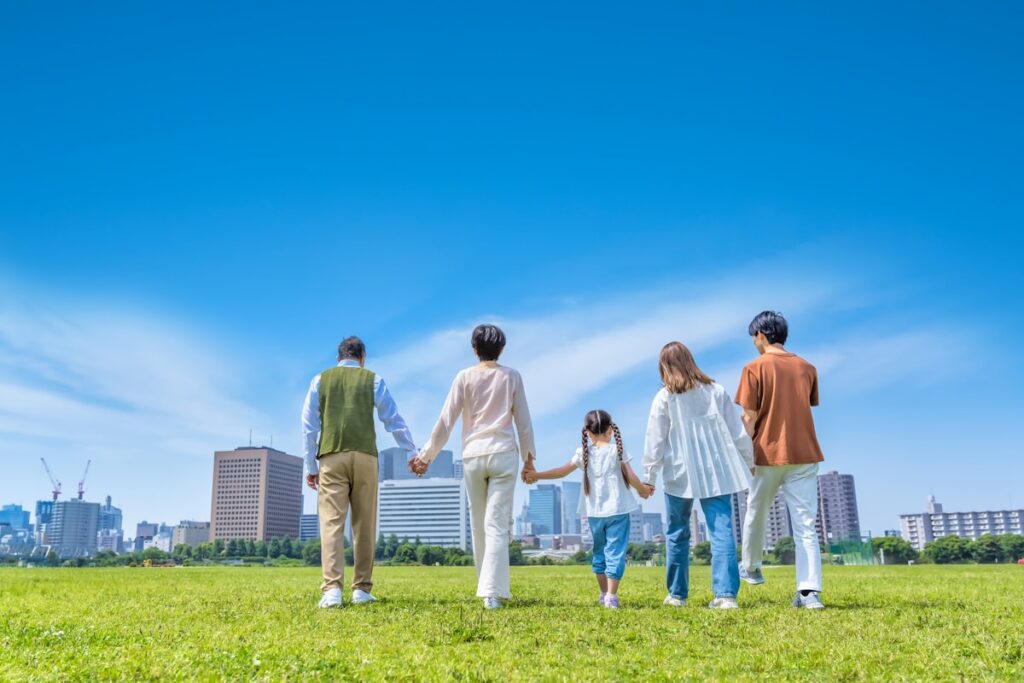[ad_1]
Everyone in Japan’s still waiting for the cherry blossoms to hit full bloom after an unexpected delay. Given that, a simple stroll may be the best way to salvage a sunny day’s plan. Here are the best areas to hit in one of the world’s most walkable cities.
Locals spill best places to walk
Booking.com, the U.S. Institute for Transportation and Development Policy (ITDP), and others have previously named Tokyo one of the world’s most walkable cities. Japanese news platform NetLab released its recent survey that asked which parts of Tokyo are the most walkable.
Shibuya is known worldwide for its scrambling crosswalk and Halloween parades. Surprisingly, however, it didn’t make it into NetLab’s top 5 areas for strolling through Tokyo.
Each area, administered as a ward or ku (区), has a public office or tourism bureau. And each publishes brochures on the best walking courses its neighborhoods offer. These wards make getting in your 10,000 daily steps too easy.
#5 Bunkyō (文京)

The Bunkyō Tourism Association’s website has six model walking courses in its tourist guide map. Conveniently, it publishes the guide in English, Chinese, and Korean. One course starts at Iidabashi Station and ends at Kōrakuen Station, taking about 40 minutes in total.
During your stroll, some recommended checkpoints include (in order) Koishikawa Kōrakuen Gardens, Ushi-Tenjin Kitano-Jinja Shrine, Bunkyō Civic Center, Kōdōkan, and Tokyo Dome City Spa LaQua.
Advertisements
Bunkyō is great for walking, the association says. It’s also home to cafes, tea shops, cultural experiences, and bathhouses where you can take a small break. Officials recommend the traditional Japanese-style coffee shop Cafe Rouault and an old folk house cafe called Amane Saryo, among others.
At Amezaiku Yoshihara, you can sign up for a class to make traditional and intricate candy sculptures commonly sold at festivals. At Sakura, students make Japanese wagashi (和菓子) sweets to pair with bitter matcha (抹茶) green tea.
You can also find craftsmen experiences on your walk at places like Udoyoshi Japanese calligraphy class and the Takahashi Kōbo woodblock print lesson.
#4 Kōtō (江東)

The Kōtō Travel Information Bureau has a whopping 14 courses to choose from. The Fukagawa-Monnaka (深川門仲) course will guide you through 8 sites; it takes only 1.5 hours to complete.
Starting at Fukugawa Modern Museum, the course moves onto locations in the order of Fukugawa Fudōdō Temple, Ninjo Fukugawa Goriyaku Dōri shopping district, Tomioka Hachiman Shrine, Hachiman Bridge, Sanjyūsangendō historical ruin, and Tomioka Hachimangu Shrine.
The 2-hour Kameido Bunbu (亀戸文武) course begins at Kameido Station. The first checkpoint is the Kameido Zeniaza Monument followed by Kameido Tenjin Shrine, Ryugenji Temple, Kitajukken River, Umeyashiki historical monument, Irishinmeigu historical site, Fumonin Temple, Katori Shrine, Kameido Katori Shōun Shopping Street, and finally Kameido Ume Yashiki.
#3 Taitō (台東)

The Taito Ward Office Tourism Division has walking maps for its Ueno, Asakusa, Kuramae, Yanaka areas and more in 13 languages.
The Ueno course kicks off at Ueno Station. It continues on to the Tokyo National Museum, Ueno Toshogu Shrine, Saigō Takamori statue, Kiyomizu Kannon-dō Temple, and the Bentendō Temple. It winds down at the Former Iwasaki House Garden and the Ameyoko Shopping District.
The course closes with souvenir shopping at Ueno Information Center 2k540 Aki-Oka Artisan shopping mall before reaching the goal of Okachimachi Station.
#2 Itabashi (板橋)

The Itabashi Office recommends a course that takes a little over an hour to complete starting at Itabashi Station.
First is a walk to the Grave Memorial of Kondo Isami. Then the course continues to the sites Kaga Park, Tōkōji Temple, Kanmyōji Temple, the Toyoda family mansion landmark and Itabashi Sanchōme Enshuku Park. It continues on to the Itabashi Tourism Center, Henshōji Temple, the 1st Shukuba on Nakasendo Route, Monjuin Temple, and Nichiyōji Temple. It wraps up at Itabashihoncho Station, where you can (thankfully) catch a train back to your hotel.
#1 Edogawa (江戸川)

One comment by a respondent of NetLab’s survey said that “Edogawa is big so it’s perfect for taking your bike along on a walk rather than just walking.” The Kasai Rinkai Park, Edogawa River, and Arakawa River’s cycling roads are great for spending time in nature with a light meal and drink from the convenience store!”
The Edogawa Office’s walking guide, “Edobura” (Edo Strolling), echoes the respondent’s opinion that combining a walk with a bike to push and hop back on again works well in the area.
The guide says to rent a bike at Koiwa Station before heading to the Edogawa Riverside cycling road. Next up are Zenyōji Temple, Shinozaki Park, Shinozaki Pony Land’s cosmos flowers, Shinozaki Floodgate, Nagisa Park, and finally, Kasai Rinkai Park Station. All this takes 1 hour and 25 minutes with a total of 15.9km traveled on foot and bike.
Sources
【東京23区】「散歩するのが楽しい」と思う区ランキング!第1位は「江戸川区」【3月25日は散歩にゴーの日】. ねとらぼ調査隊
[ad_2]
Source link




